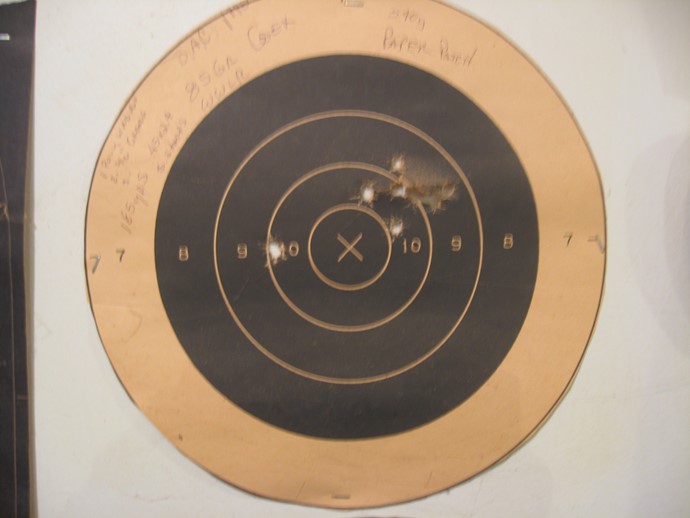John Alexander
posted this
31 December 2021
I agree with both Bill and Ric in the two posts today. I also agree that that there is little scientific method applied to improving cast bullet shooting. But that isn't because shooting cast bullets is somehow different from other areas where applying the scientific approach to figuring out truth from myth has allowed great strides and great improvement.
The reason that there few instances of scientific methods being used to improve results is that cast bullet shooter, in general, aren't interested in doing experiments and repeating other shooters experimental results to sort out what thing might improve performance.
Larry's post above, by using a scientific approach to find the truth about an aspect of CB shooting, discredits a perfectly reasonable sounding theory about pressure rise. These things can be done -- we just don't generally do them, and when they are done we tend to disregard the results and go back to our previous belief.
Instead of experimenting with enough shots fired to have repeatable results most CB shooters would rather rely on three other approaches to try to improve.
1. Seek perfection with absolutely perfect bullets carefully sorted by weight, careful powder weighing, elaborate case prep, indexing bullets, cases and even primers, etc.
2. Depend on old rules handed down as the conventional wisdom. A perfectly perfect base is needed with sharp edges even when covered with a gas check. Don't let the base of the CB hang below the neck in the case. Make sure your rounds are concentric. Make sure your crown is perfect. The way to improve your groups is to eliminate fliers -- believe that small groups don't have fliers without ever looking at them. Find the sweet spot for your rifle by ladder testing with a series of single five shot groups. Tune your load to your rifle by depending on single three shot groups being a valid measure for what the load will actually do in a match.
3. Use logic without checking your assumptions. Think real hard and reason out what happens to a cast bullet from case to target. Reasoning that since the muzzle is the last thing the bullet touches, a less than perfect crown will cause inaccuracy. Reason that variations in bullet weight or variations in case weight (thus volume) obviously will affect accuracy. Reasoning (without considering the numbers involved) that variations in neck tension affect accuracy.
None of these three approaches will help us improve what we know about CB shooting, nor shrink our groups. Many of the above have been shown to be worthless more than once starting with Dr. Mann 120 years ago and by others since then using a scientific approach. However, the typical CB shooter disregards information that shows that what he had been told by good shooters and believed up until now is false. Worse than disregarding experimental information he is often hostile to it. We don't like to change our beliefs. This is just human nature and people in science or engineering research have to guard against it to make progress.
Until we change our approach there will be little improvement in cast bullet performance.
























